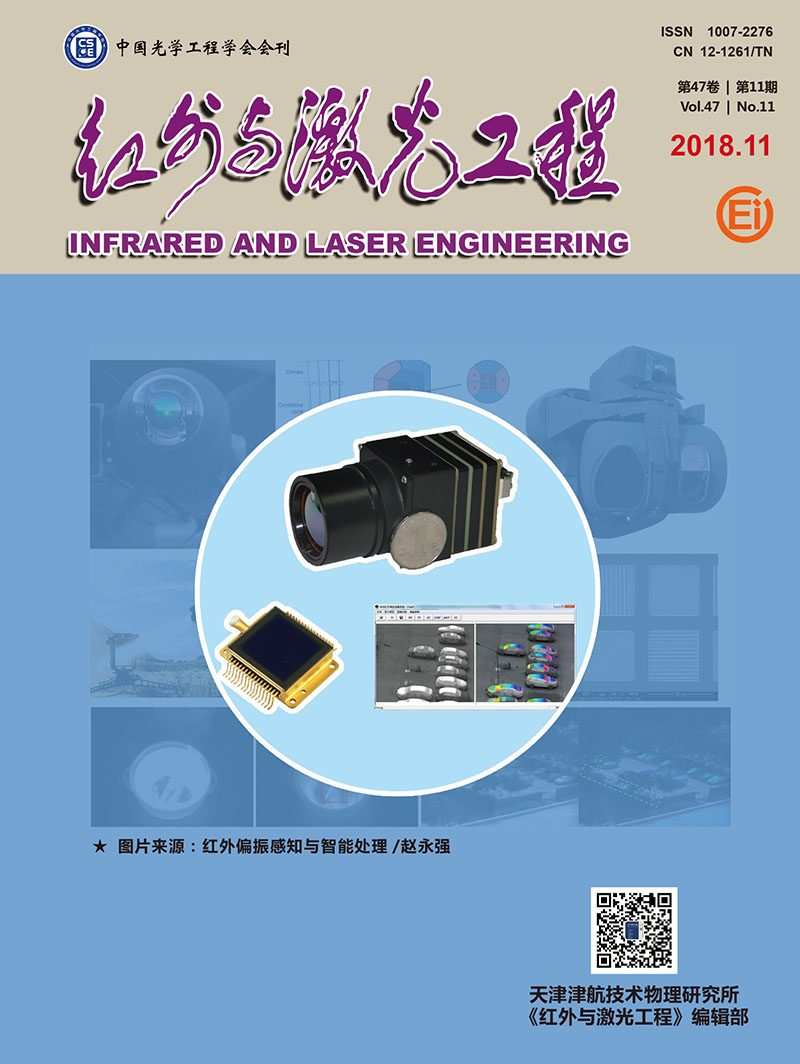|
[1]
|
Walker S H, Sherk J, Shell D, et al. The DARPA/AF falcon program:the hypersonic technology vehicle# 2(HTV-2) flight demonstration phase[C]//15th AIAA International Space Planes and Hypersonic System and Technologies Conference, 2008. |
|
[2]
|
Blanchard R, Anderson B, Welch S, et al. Shuttle orbiter fuselage global yemperature measurements from infrared images at hypersonic speeds[C]//Atmospheric Flight Mechanics Confernce and Exhibit, 2013, 19(55):153-170. |
|
[3]
|
Mahulkar S P, Songawane H R, Rao G A. Infrared signature studies of aerospace vehicles[J]. Progress in Aerospace Sciences, 2007, 43(7):218-245. |
|
[4]
|
Ross M, Werner M, Mazuk S, et al. Infrared imagery of the space shuttle at hypersonic entry conditions[C]//46th AIAA Aerospace Sciences Meeting and Exhibit, 2008(1):7-10. |
|
[5]
|
Horvath, Thomas J. Remote observations of reentering spacecraft including the space shuttle orbiter[C]//IEEE Aerospace Conference, 2013:6497380. |
|
[6]
|
Schwartz R, Verstynen H, Gruber J, et al. Remote infrared imaging of the space shuttle during hypersonic flight:HYTHIRM mission operations and coordination[C]//42nd AIAA Thermophysics Conference, 2011:27-30. |
|
[7]
|
Brandis A M, Johnston C O, Cruden B A, et al. Uncertainty analysis and validation of radiation measurements for earth reentry[J]. Journal of Thermophysics and Heat Transfer, 2015, 29(2):209-221. |
|
[8]
|
Ozawa T, Garrison M B, Levin D A. Accurate molecular and soot infrared radiation model for high-temperature flows[J]. Journal of Thermophysics and Heat Transfer, 2007, 21(1):19-27. |
|
[9]
|
Andrienko D A, Boyd I D. Kinetic models of oxygen thermochemistry based on quasi-classical trajectory analysis[J]. Journal of Thermophysics and Heat Transfer, 2016, 30(1):T4968. |
|
[10]
|
Park C. Assessment of two-temperature kinetic model for ionizing air[J]. Journal of Thermophysics and Heat Transfer, 1989, 3(3):233-244. |
|
[11]
|
Perrin M Y, Colonna G, D'Ammando G, et al. Radiation models and radiation transfer in hypersonics[J]. The Open Plasma Physics Journal, 2014, 7(1):114-126. |
|
[12]
|
Gnoffo P A. Upwind-biased, point-implicit relaxation strategies for viscous, hypersonic flows[C]//9th Computational Fluid Dynamics Conference, 1989(6):13-15. |
|
[13]
|
Shao C, Nie L, Chen W. Analysis of weakly ionized ablation plasma flows for a hypersonic vehicle[J]. Aerospace Science and Technology, 2016, 51:151-161. |
|
[14]
|
Menter F R, Kunta M, Langtry R. Ten years of industrial experience with the SST turbulence model[J]. Heat and Mass Transfer, 2003, 4(1):625-632. |
|
[15]
|
Surahikov S. Radiative gas dynamics of MSL at angle of attack[C]//54th AIAA Aerospace Sciences Meeting, 2016(1):4-8. |
|
[16]
|
Willams F A. Combustion Theory[M]. 2nd ed. US:Benjamin/Cummings, Inc., 1985. |
|
[17]
|
Liu Y, Vinpkur M. Upwind algorithms for nonequilibrium flows[C]//27th AIAA Aerospace Sciences Meeting, 1989(1):9-12. |
|
[18]
|
Nam H J, Kwon O J. Infrared radiation modeling of NO, OH, CO, H2O, and CO2 for emissivity/radiance prediction at high temperature[J]. Infrared Physics Technology, 2014, (8):001-003. |
|
[19]
|
Mu L, Ma Y, He Z, et al. Radiation characteristics simulation of non-equilibrium flow field around the hypersonic blunted cone[J]. Journal of Engineering Thermophysics, 2012, 33(11):1958-1962. |
|
[20]
|
Rothman L, Gordon I, Barber R, et al. HITEMP, the high-temperature molecular spectroscopic database[J]. Journal of Quantitative Spectroscopy and Radiative Transfer, 2010, 111(15):2139-2150. |
|
[21]
|
Niu Q, He Z, Dong S. Prediction of shock-layer ultraviolet radiation for hypersonic vehicles in near space[J]. Chinese Journal of Aeronautics, 2016, 29(5):1367-1377. |
|
[22]
|
Ren K, Tian J, Gu G, et al. Operating distance calculation of ground-based and air-based infrared system based on Lowtran7[J]. Infrared Physics Technology, 2016, 77(7):414-420. |
|
[23]
|
Ferrero P, D'Ambrosio D. A numerical method for conjugate heat transfer problems in hypersonic flows[C]//40th Thermophysics Conference, 2008(6):4247. |
|
[24]
|
Packan D, Laux C O, Gessman R J, et al. Measurement and modeling of OH, NO, and CO infrared radiation at 3400 K[J]. Journal of Thermophysics and Heat Transfer, 2003, 17(4):450-456. |
|
[25]
|
Zhen Huaping, Jiang Chongwen. Review on hypersonic technology verification HTV-2 vehicle[J]. Winged Missile Journal, 2013, 6(6):7-13. (in Chinese)甄华萍, 蒋崇文. 高超声速技术验证飞行器HTV-2综述[J]. 飞航导弹, 2013, 6(6):7-13. |
|
[26]
|
Cheng H K. Perspectives on hypersonic viscous and nonequilibrium flow research[R]. NASA-CR-190817, 1992:140151. |
|
[27]
|
Acton J M. Hypersonic boost-glide weapons[J]. Science Global Security, 2015, 23(3):191-192. |









 DownLoad:
DownLoad: